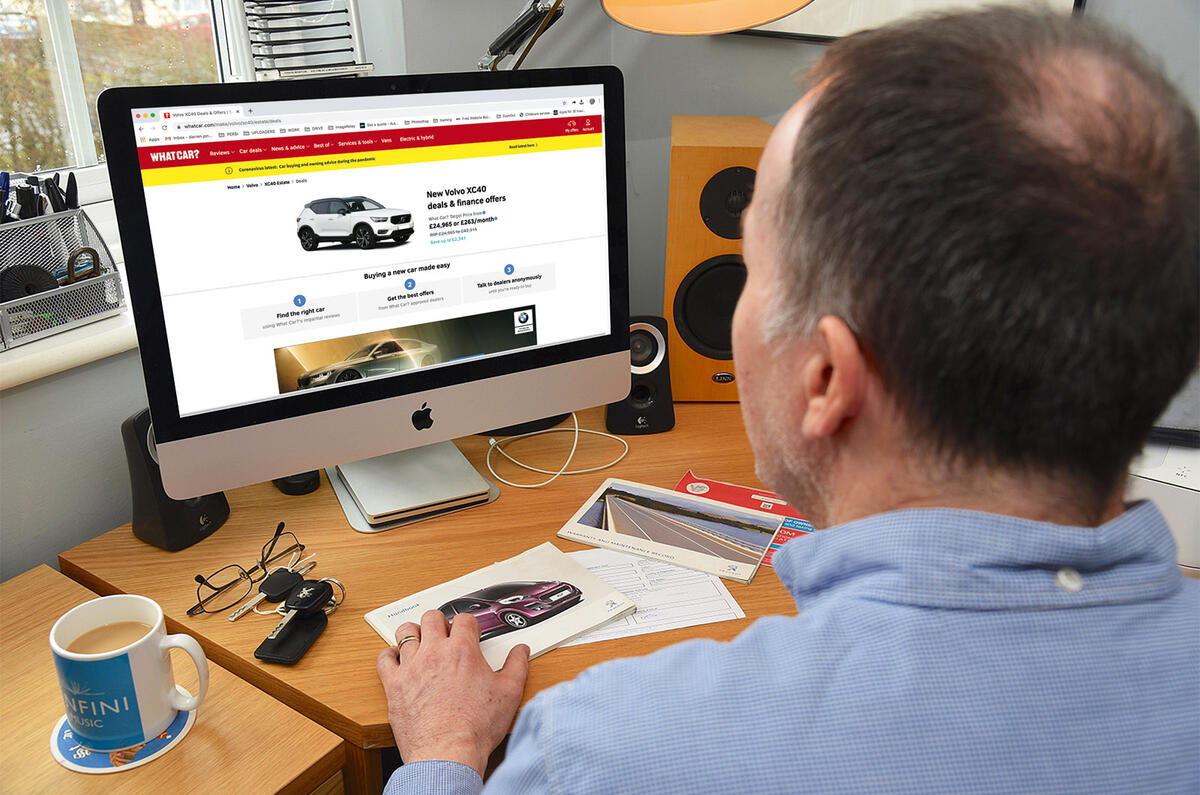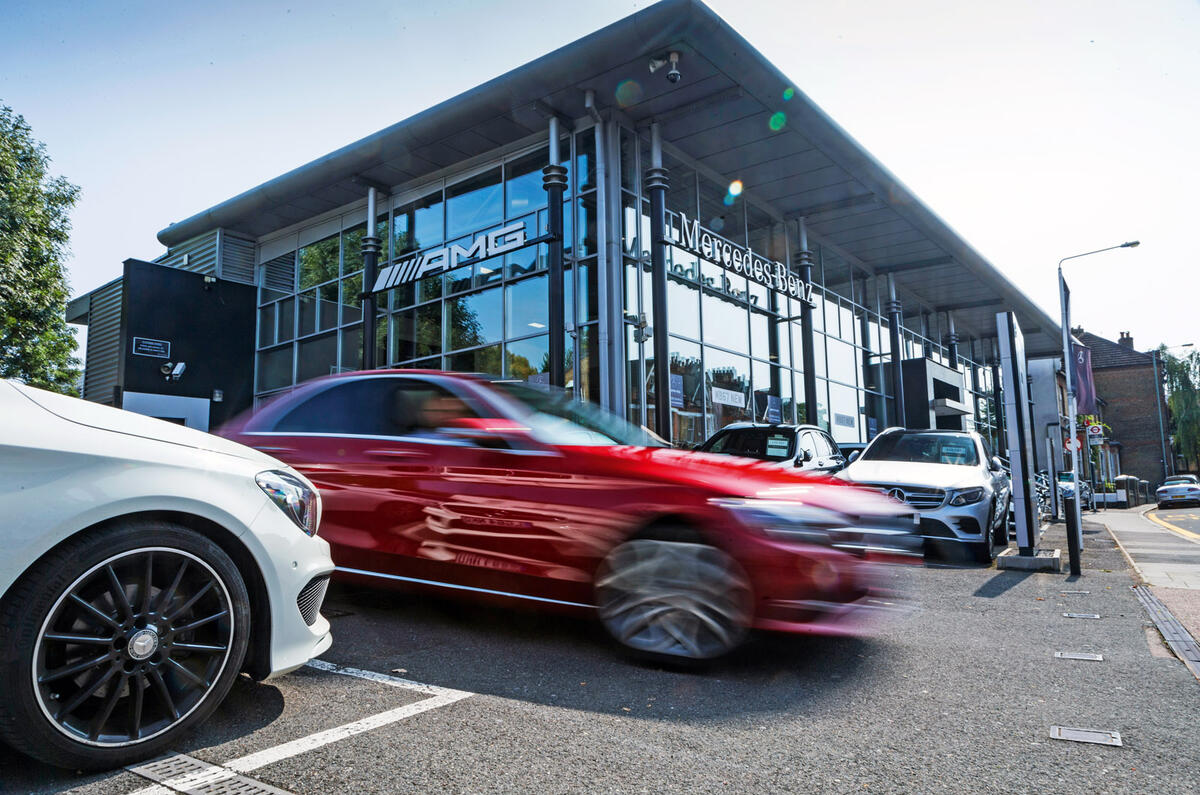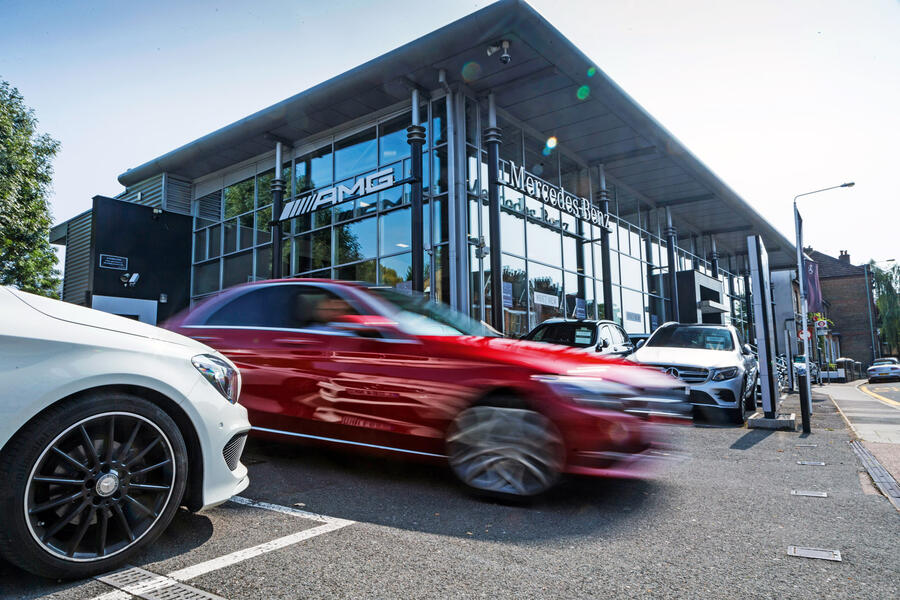Freel also talked about convenience. It’s true that buying a car at work in the company’s time, or preferably at home in your own, is more convenient than trawling physical dealerships on a wet weekend. But aren’t we forgetting something here? That’s right: the test drive.
When buying new, you’re only establishing whether you like the model. With some online sellers who put you in touch with supplying dealers, a test drive should be possible to arrange. Alternatively (and it’s a bit cheeky), sort one with your local dealer. Either way, you’re going to have to leave your armchair.
Buying a used car online is a different matter. Unlike a new car, a used one is unique. You may not have the opportunity to drive or inspect it, so favour online sellers who are scrupulous about providing accurate descriptions of their cars, supported by detailed photographs. The cars should come from vetted dealers who abide by standards set out clearly by the online seller.
A word about your swapper…
Few of us buy a new car without having an older one to part-exchange. Fortunately, most online car sellers provide a vehicle valuation tool into which you enter your car’s registration, mileage and condition in return for a guide value. Don’t be surprised if the figure you’re quoted is low. The thing is, you’re getting a big discount on the new car, leaving nothing in the way of a part-exchange allowance on your old one. Don’t worry about that, though. What matters is the cost to change from one to the other and, when buying online, you should still be in a good position.
What you should worry about is being completely honest about your old car’s condition. If you said it’s like new but it turns out to be an old nail when it’s collected, the online seller will have to adjust the deal figures.
Know your rights – and your limitations
You may be surprised to learn that you have more rights buying online than when buying face to face in a dealership. They’re contained in the Consumer Contract Regulations (2013).
In addition to requiring the seller to give a detailed description of the car and a breakdown of charges and other costs, the regulations provide a cancellation period beginning the moment you place your order and ending 14 days after you receive the vehicle. During this time, you can return the car (or, more likely, have it collected), although the regulations say you have a further 14 days in which this can be done. Either way, you could be entitled to a full refund.
Full refund? Only if you satisfy the seller’s fair-use restrictions. You see, the 14-day period from delivery to cancellation isn’t a licence to treat the vehicle as a free hire car, since there will be limitations in terms of how many miles you can drive it (anything from 10 to 100 miles). Anything beyond these limits and the seller can refuse to take back the car.
If it’s a new car, the seller may be able to claim the car’s lost significant value and seek to claw some of it back from you. If you damage it, you’ll have to pay costs. If you’re returning it because it’s defective, there’s unlikely to be a collection charge, but if it’s because you simply don’t like it, there probably will be.
Finally, make sure you establish who your sales contract is with. Some online sellers are little more than an introducer who direct you to a supplying dealer to conclude the deal. This doesn’t necessarily affect your rights but could matter if there are disputes.









Join the debate
Peter Cavellini
Video.
I bought a used BMW from a dealer after a video walk round, the sales person showed me everything I needed to see inside and out, next week I had test drive in it, I found this way of buying simpler quicker.
si73
I like looking at cars in
rmcondo
Here’s another idea. Unless
Here’s another idea. Unless it’s absolutely necessary right now, don’t buy a car.
Add your comment